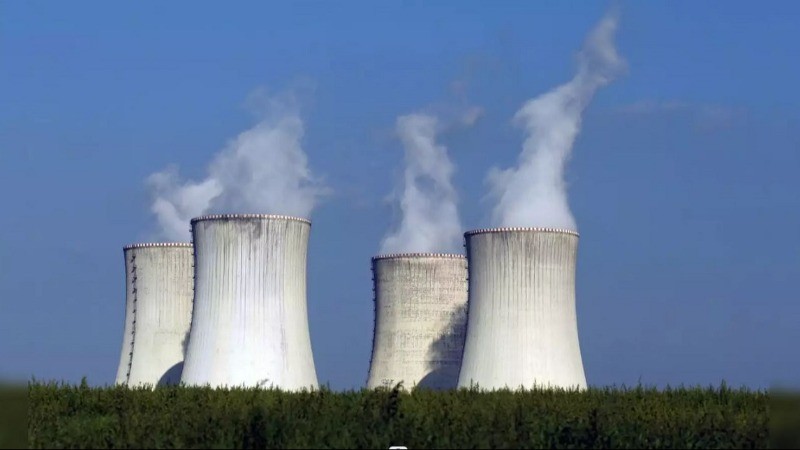
NEW DELHI: in her budget 2025, Finance Minister Nirmala Sitharaman, proposed an major plan to bolster India’s nuclear power capacity, with a specific focus on Small Modular Reactors (SMRs). The government’s goal is to set up 100 gigawatts of nuclear power by 2047, in line with the country’s broader objective of achieving energy security while reducing reliance on fossil fuels.
FM Sitharaman said that this initiative is crucial for India’s energy transition, making a strong case for the development of SMRs, which will play a key role in meeting future energy demands. To facilitate this, the government plans to amend key legislation, including the Atomic Energy Act and the Civil Liability for Nuclear Damage Act, to allow greater participation from the private sector.
A major highlight of the Budget is the launch of the Nuclear Energy Mission, with an allocation of Rs. 20,000 cr dedicated to the research and development of SMRs. By the year 2033, India aims to have at least five domestically developed SMRs in operation. This marks a major leap forward in India's nuclear energy strategy, with a focus on indigenous technology and innovation.
In her address, Sitharaman also looked upon broader reforms in the power sector, noting that the government would incentivise reforms in electricity distribution and intra-state transmission. These measures aim to enhance the financial health and operational capacity of electricity companies, offering states the opportunity to borrow additional funds contingent on these reforms.
Presently, India’s total power generation capacity stands at 462 gigawatts, including 8 GW from nuclear power. The Finance Minister’s announcement is a significant step towards the nation’s ambitious energy goals, which align with the vision of a “Viksit Bharat” (developed India) by 2047.
Earlier, Sitharaman presented the Economic Survey, which projected India’s GDP growth to be in the range of 6.3-6.8percent for the upcoming fiscal year. This follows the new income tax slabs introduced in the last Budget, aimed at providing tax relief to the middle class. The government has also set a target to reduce the fiscal deficit to 4.5percent of GDP by 2025-26.